
Do you have a question about the DSC Power632 and is the answer not in the manual?
| Brand | DSC |
|---|---|
| Model | Power632 |
| Category | Security System |
| Language | English |
Proper installation is crucial for effective security system protection.
Criminals may develop techniques to reduce system effectiveness over time.
Intruders can bypass systems by exploiting unprotected points or evading detection.
System operation depends on a stable power supply; interruptions can cause damage.
Wireless devices rely on batteries; low battery monitors may fail, requiring regular testing.
Wireless signals can be affected by interference, jamming, or object placement.
Users must be trained on correct operation and emergency response procedures.
Smoke detectors may fail due to improper installation or fire type.
Motion detectors have limitations in coverage and can be affected by environmental factors.
Sirens and horns may not be heard due to walls, distance, or hearing impairment.
Alarm transmission via phone lines can be disrupted by busy signals or line cutting.
Occupants may not be protected if they cannot respond to alarms promptly.
Despite design, system components can fail, impacting functionality.
Most system problems are found through regular testing and maintenance.
Alarm systems are not a substitute for insurance or prudent security practices.
Warranty terms are similar for international customers, excluding customs fees.
Follow specific steps to obtain service, including obtaining an authorization number.
Warranty is voided by shipping damage, disasters, misuse, or unauthorized modifications.
Excludes freight costs, products without labels, and tampered units.
Limits liability and disclaims implied warranties, governed by Ontario law.
Procedures for repairing or replacing products outside the warranty period.
Equipment must connect via compliant RJ-31X jacks to the telephone network.
REN determines the number of devices connectable to a phone line; sum should not exceed five.
The telephone company may require service discontinuance if equipment causes harm.
Non-user-repairable equipment requires service from designated facilities.
System monitors fire detectors and provides warnings, requiring proper detector placement.
Regular weekly testing is essential to ensure the system functions as intended.
System can send alarms to a monitoring station; notify station if alarm is accidental.
Overview of system components like control panel, keypads, and sensors.
Details on master and user codes for system operation and programming.
Area to record zone details, protected areas, and zone types for system configuration.
Fire alarm causes pulsing siren and a 30-second transmission delay.
Silencing the alarm requires pressing the [#] key; it may resound if not reset.
Procedures to reset smoke detectors after an event or false alarm.
Steps to arm the system using LED or fixed message keypads.
Steps to arm the system using an LCD keypad with prompts.
Performing a brief test of the keypad sounder and bell or siren.
Comprehensive weekly testing of all system sensors and functions.
Procedure to disarm the system using specific keypad types.
Procedure to disarm the system using an LCD keypad.
Arming the system with all zones active for maximum security.
Notifies users of improper exit during arming to prevent false alarms.
Arms perimeter zones while leaving interior zones inactive for occupancy.
Arms the system instantly without an entry delay period.
Allows arming the system via a shortcut key instead of an access code.
Provides a short window to exit the premises after arming the system.
Actions to take for a pulsing fire alarm, including evacuation.
Silencing and identifying the source of a continuous intrusion alarm.
Describes dedicated keys for common functions like Stay, Away, Chime.
Procedure for programming or changing the Master Code.
Steps to add, change, or erase user access codes.
Information on programmable attributes linked to access codes.
Explains the function of the System light on specific keypads.
Describes the use of dedicated Fire, Auxiliary, and Panic keys.
Indicates when the system is ready to be armed.
Indicates when the system has been successfully armed.
Alerts users to system troubles or other conditions.
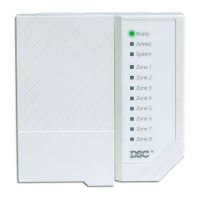
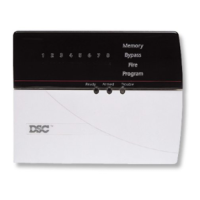
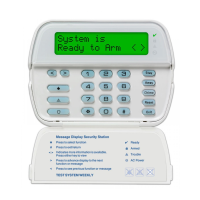
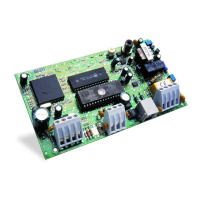


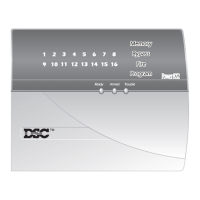
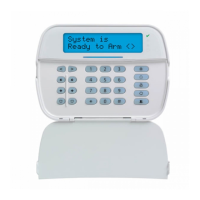
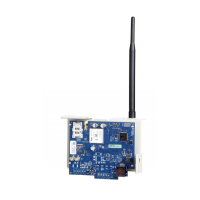
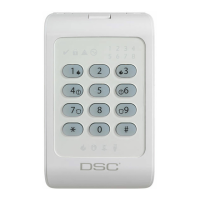
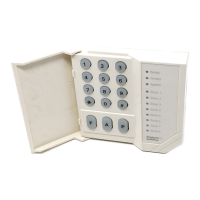

